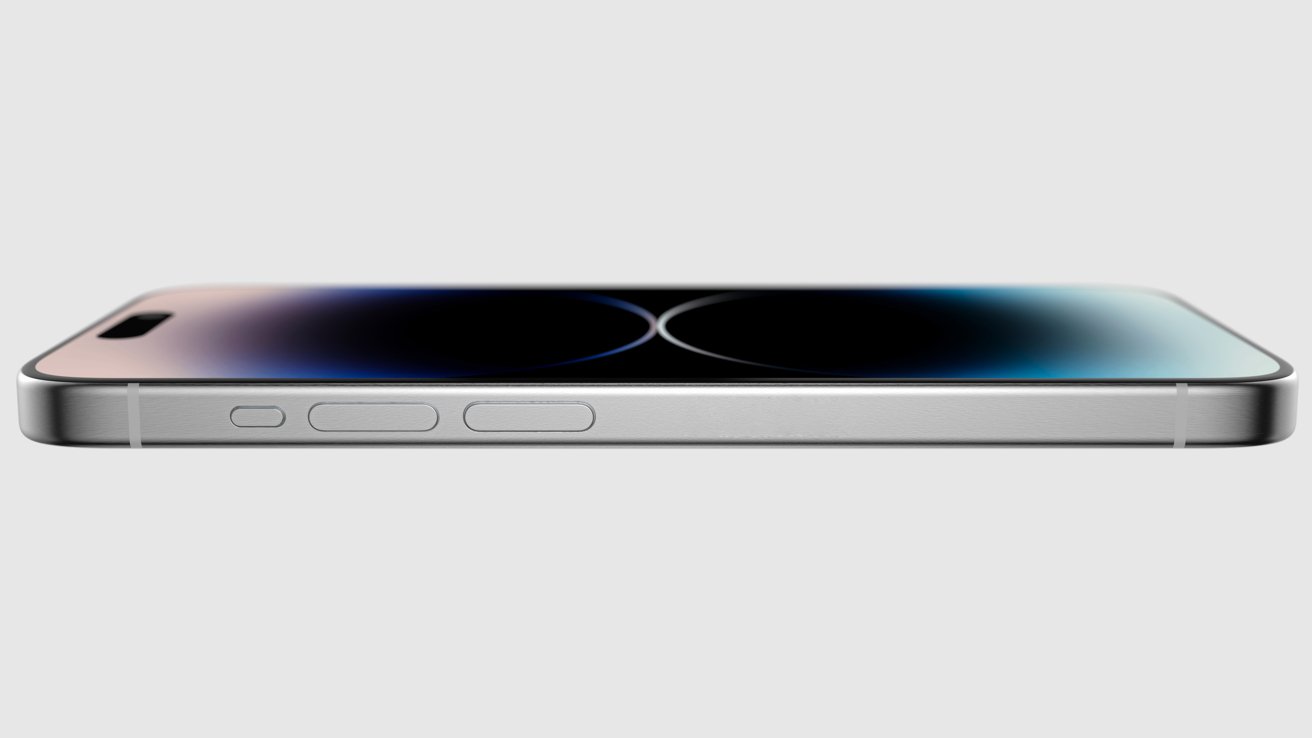Apple fans are excited about the iPhone 16 lineup, which is expected to launch before 2023 ends. However, some supply chain sources have already revealed some of the display specs of the upcoming iPhones, which may not be very exciting for some users.
According to the leak, the iPhone 16 Pro and 16 Pro Max will feature a size increase from their predecessors, with the Pro models getting a 6.27-inch and 6.86-inch display, respectively. Both displays will support a 120Hz LTPO panel, which means they can adjust their refresh rate dynamically depending on the content. This will result in smoother scrolling, gaming, and video playback.
The leak also suggests that the iPhone 16 Pro Max display will have a higher resolution than the iPhone 16 Pro display, but it is unclear if this is true or not. The size of the 16 Pro Max display sounds a bit hard to believe, so take it with a grain of salt.
Read also: Apple unveils iPhone 15, first smartphone to integrate TSMC’s N3 process
iPhone 16 and 16 Plus: Same Size and Same Refresh Rate
On the other hand, the iPhone 16 and 16 Plus will retain their familiar sizes of 6.12-inch and 6.69-inch respectively. They will also have the same refresh rate of 60Hz, which is lower than most Android flagships and midrange phones that offer at least 90Hz or even higher refresh rates.
This is seemingly confirmed by industry insider Ross Young, who says that ProMotion technology is only coming to the vanilla models in 2025. He also claims that Apple will introduce Dynamic Island on all models in 2024, which is a new type of display technology that uses mini-LED backlighting to achieve higher brightness and contrast.
Why Apple displays remain competitive
While Apple’s displays are still among the best in the market, they are beginning to look uncompetitive in comparison to Android’s flagship and midrange lineup. Many Android phones offer higher refresh rates, higher resolutions, or even mini-LED displays that can rival or surpass Apple’s displays.
For example, Samsung’s Galaxy S22 series offers a choice between a QHD+ AMOLED display with a variable refresh rate up to 120Hz or a FHD+ AMOLED display with a fixed refresh rate of 120Hz. Both displays have mini-LED backlighting that can deliver deeper blacks and higher brightness than Apple’s OLED displays.
Similarly, OnePlus’ upcoming Nord N200 series will feature a FHD+ AMOLED display with a variable refresh rate up to 90Hz or a FHD+ LCD display with a fixed refresh rate of 60Hz. Both displays have an under-display camera that can eliminate notches or punch-holes.
Therefore, if you are looking for an iPhone with a large and fast display in 2023 or later, you may want to consider other options besides Apple’s iPhones.
Apple to release iPhone 12 Software update in France, to address radiation concerns
What is Dynamic Island?
Dynamic Island is a new display technology that Apple introduced in the iPhone 14 Pro models and later in the iPhone 15 models. It is a pill-shaped cutout at the top of the screen that can change its size and shape to show different types of information and interactions. For example, it can show your AirPods battery level, your Face ID status, your Apple Pay confirmation, or your incoming calls. It can also expand to show more details when you tap or long press on it. Dynamic Island is designed to replace the notch that was present in previous iPhone models.




